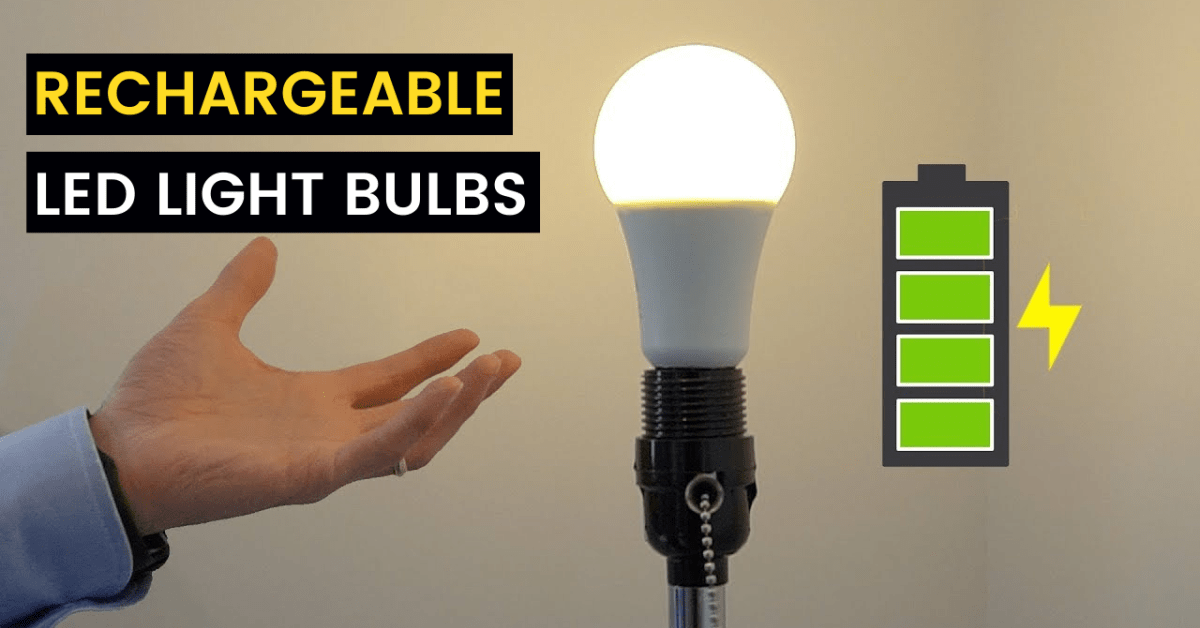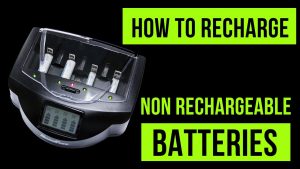Introduction
In the realm of emergency lighting solutions, rechargeable light bulbs have become a topic of curiosity and intrigue. This in-depth exploration aims to demystify the technical aspects of these innovative bulbs, providing a comprehensive understanding of their functionality during power outages. Join me as we delve into the complexities of rechargeable emergency light bulbs and uncover the science behind their operation.
The Deceptive Exterior: Unveiling the Built-In Rechargeable Battery
At first glance, a rechargeable light bulb appears no different from its traditional counterparts. Its design, shape, and functionality mimic the familiar incandescent or LED bulbs we encounter daily. However, beneath this ordinary façade lies a transformative feature that distinguishes it from the conventional – a rechargeable battery discreetly integrated into the bulb’s structure.
The built-in rechargeable battery is the silent powerhouse that elevates the functionality of these light bulbs. This unassuming component allows the bulb to transcend its role as a mere source of illumination, turning it into a self-sufficient and resourceful device. Unlike traditional bulbs that rely on a continuous external power source, rechargeable bulbs can store and harness energy for later use.

The Electrical Circuitry: Setting the Stage
To comprehend the inner workings of emergency LED bulbs, it’s essential to grasp the foundational electrical circuitry involved. A main feed originates from the breaker panel, simulating the power supply to a room, with a light switch controlling the light fixture. The circuit comprises a hot leg, a neutral, and a path through the breaker panel.
Charging Dynamics: Illuminating the Regular Bulb
In a standard configuration with a traditional light bulb, the circuit allows a flow of current from the breaker panel through the switch, the bulb, and back to the neutral bus. Turning on the switch completes the circuit, illuminating the bulb. However, this changes when transitioning to an emergency LED bulb.
Integrating the Battery: Charging While Illuminating
When an emergency LED bulb is introduced, the circuit remains intact as the light is turned on. Simultaneously, an internal battery within the bulb starts charging. This dual functionality enables the bulb to serve its immediate lighting purpose while preparing for emergency scenarios.
Complex Circuit Integration
Expanding the scenario to include additional devices on the same circuit, such as an outlet or an extra light bulb, highlights the complexity. The emergency LED bulb seamlessly integrates into the circuit without affecting other connected devices. It continues to charge its internal battery while illuminating, ensuring uninterrupted functionality.
Trending Today
Power Outage Scenario: Simulating a Closed Circuit
During a power outage, the emergency LED bulb operates by simulating a closed circuit. The internal battery identifies an alternative path by utilizing the neutral connection common to other devices on the circuit. This intricate mechanism allows the emergency bulb to stay illuminated even when the primary power source is disrupted.
Compatibility Considerations: Limitations with Multiple Lights
An important consideration arises when dealing with fixtures containing multiple light bulbs. The demonstration reveals that emergency LED bulbs may not work correctly in such setups, as the alternative path is already established, leading to immediate illumination.
Frequently Asked Questions
Conclusion
Understanding the intricate dance of circuitry within emergency LED light bulbs unveils their transformative potential. These bulbs, seemingly ordinary, prove to be dynamic solutions for both regular lighting needs and emergency scenarios. As technology advances, the integration of rechargeable batteries into everyday devices showcases a commitment to sustainable and versatile solutions for the future.
In conclusion, the technical exploration of how emergency LED light bulbs work not only demystifies their functionality but also paves the way for informed decisions in choosing and implementing these innovative lighting solutions.






















